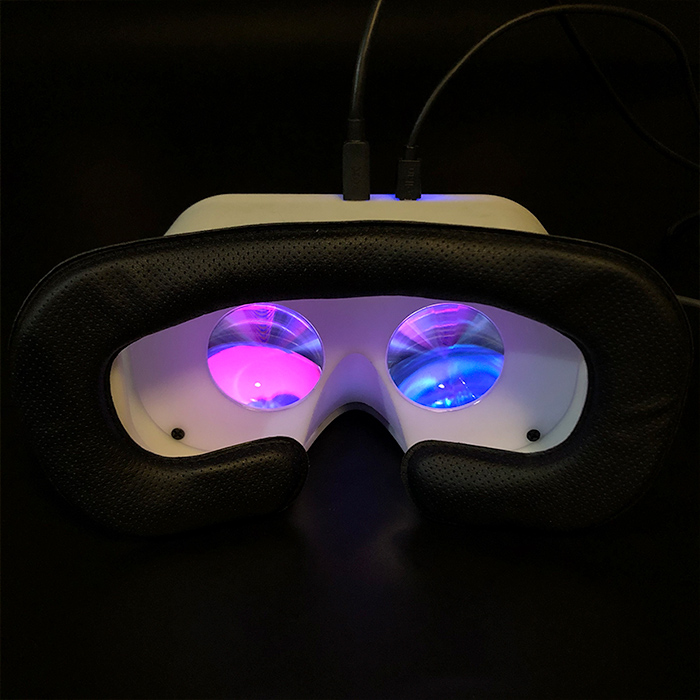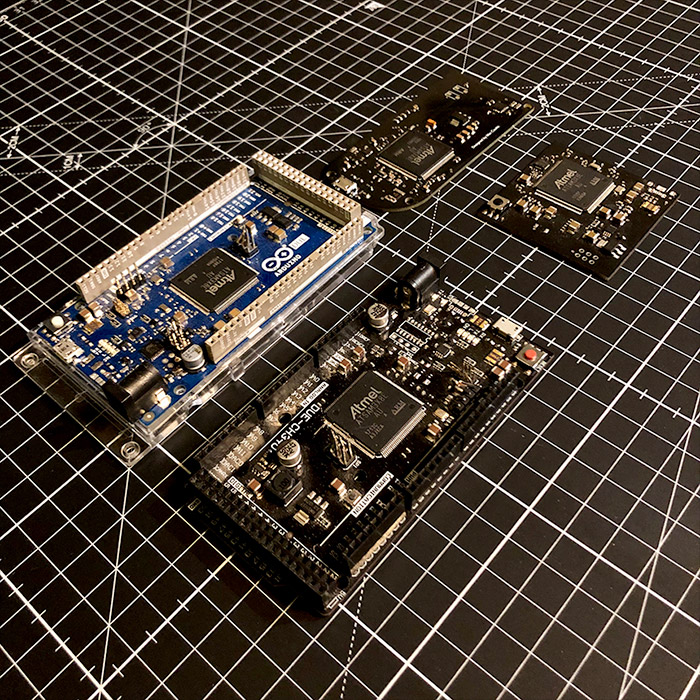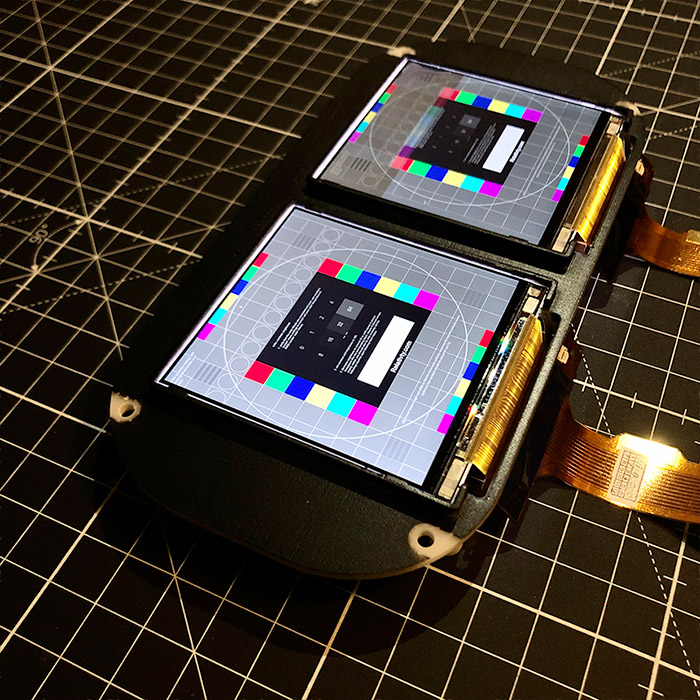Relativty
an open-source VR headset

Hi! I’m Maxime Coutte-Peroumal and when my best friend Gabriel Combe and I were 15 years old we built our own VR headset because we couldn't afford to buy one. It became Relativty.

Hi! I’m Maxime Coutte-Peroumal and when my best friend Gabriel Combe and I were 15 years old we built our own VR headset because we couldn't afford to buy one. It became Relativty.
Relativty is not a consumer product. We made Relativty in my bedroom with a soldering iron and a 3D printer and we expect you to do the same: build it yourself.

We started Relativty because after watching Sword Art Online we wanted to make our own VR games. Thus Relativty supports SteamVR games and can be modified to add support for any DIY or off-the-shelf VR device.

The room-scaling AI can be used with any camera, it tracks your body based on video input. Precision and freedom of movement are still very far from dedicated sensors, however, we believe that the model can be trained and improved by orders of magnitude.
We designed an affordable motherboard that runs the Relativty Firmware, it is based on the Atmel SAM3X8E ARM Cortex-M3 processor and uses an MPU-6050 as it’s IMU. The naked PCB and the components to solder on, cost in total about 25 dollars.


The Relativty firmware, which powers the actual physical device, is based on ArduinoCore-sam. So in addition to the Relativty Motherboard, it is compatible with Arduino Due or any other board equipped with a processor that supports the ArduinoCore.

Relativty headset runs a 2K dual-display at 120FPS. However, because of the open nature of Relativty you can use any display as long as your computer is able to handle it. From more affordable 90Hz 1080p screen to 4K panels.
Relativty is entirely Open-source; we made it to be a testing ground for hackers and developer rather than a product. You can find the source code as well as the source for the electronics, hardware, and mechanical parts on our Github. The guide on how to build Relativty is available on our Github. You can download the latest release here.
To talk to other VR enthusiast, ask for help building the headset or provide experience to others!
We are starting a new company. Please visit unison to learn more.